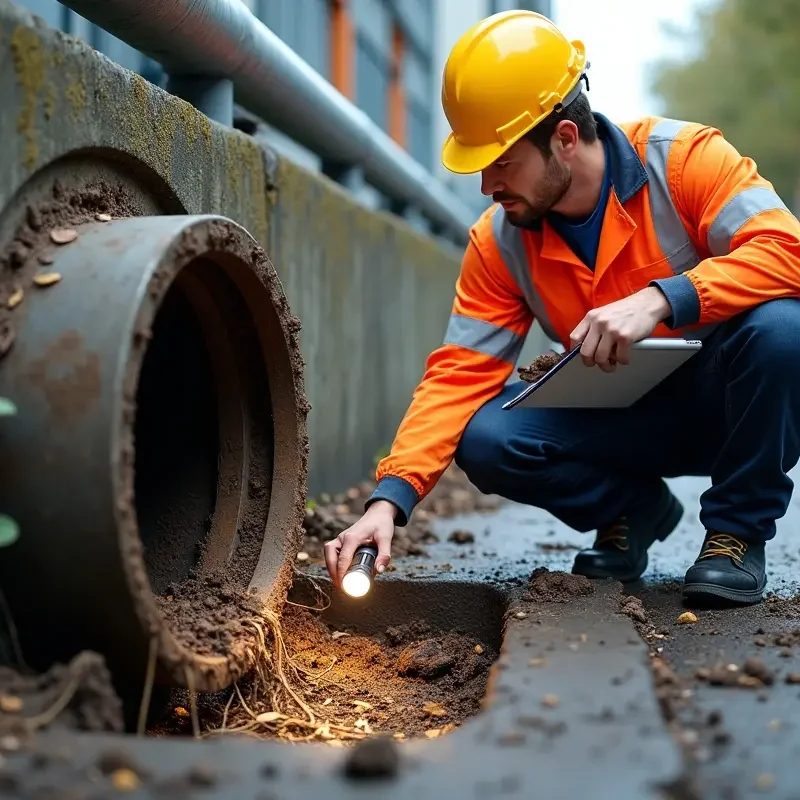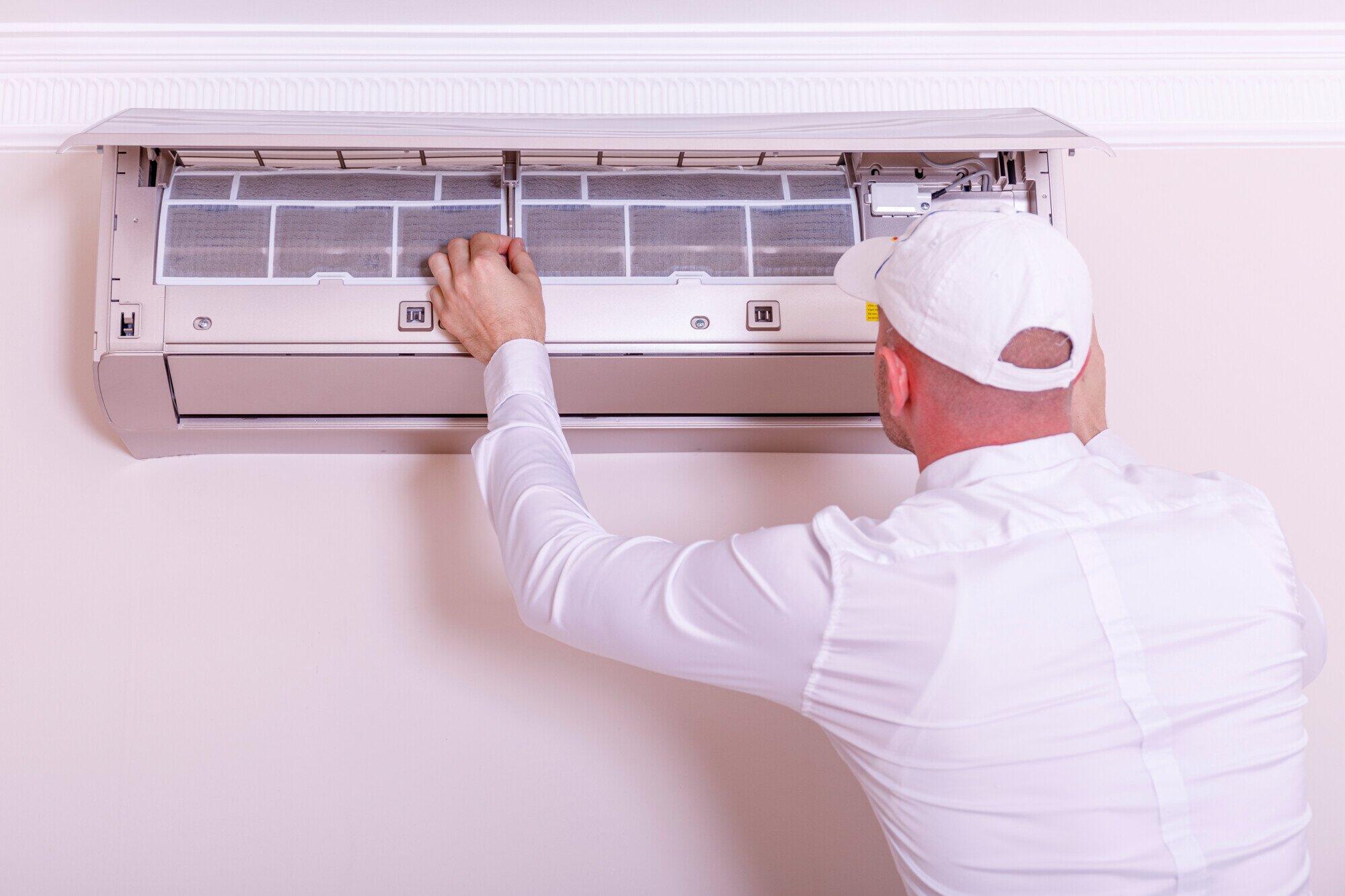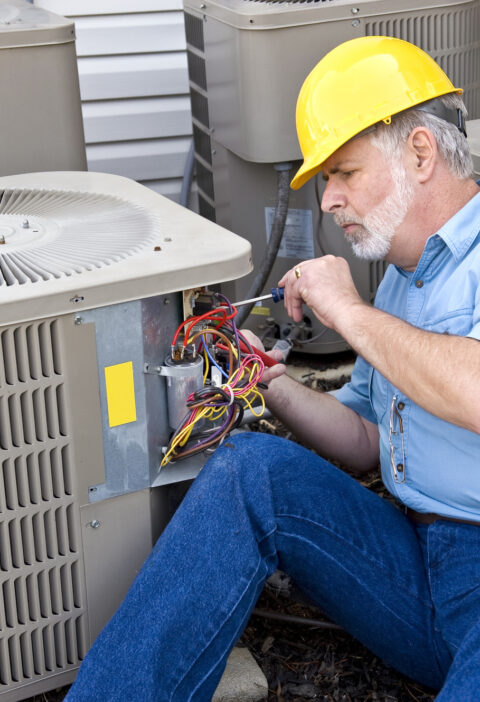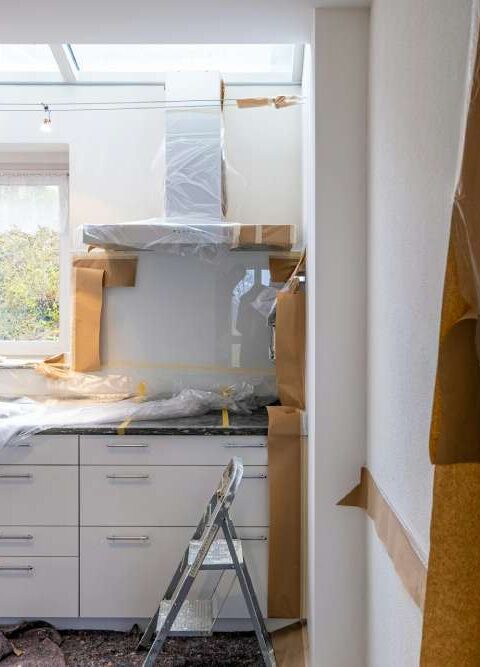If your drains are slow, smelly, or backing up completely, it’s not just bad luck. More often than not, it comes down to a couple of common culprits that quietly cause chaos underground—tree roots and grease.
They’re different problems, but both have a way of sneaking up over time, often going unnoticed until you’re dealing with a full-blown drainage disaster.
How Tree Roots Sneak Into Drains
Tree roots don’t charge in like a wrecking ball. They work slowly and persistently. All they need is a small crack or joint in your pipe to make their move. Once inside, they don’t stop.
Roots are drawn to moisture. And what’s a better source than your drainage system? Even a hairline crack is enough to trigger root growth. Once they find their way in, they expand, feeding off the constant flow of water and nutrients. The more they grow, the more they block the pipe. In time, they can crack it further or cause a complete collapse.
This is particularly common in older homes with clay or earthenware pipes. Those materials are far more prone to cracking than modern PVC. But even newer systems aren’t immune if there’s ground movement or poor installation.
Early Signs of Root Problems
- Gurgling toilets
- Slow-draining sinks or showers
- Bad smells coming from drains
- Overflowing outdoor grates or inspection points
These symptoms might come and go at first, which makes them easy to ignore. But if they’re happening regularly, roots could be the reason.
The Messy Truth About Grease
Now let’s talk about grease. It’s not just something to scrape off the frying pan. When it comes to your drains, it’s public enemy number two.
Grease might look like liquid when it’s hot, but once it cools? It hardens and clings to the inside of pipes. Bit by bit, it builds up, narrowing the space for water to flow through. Add in food scraps, soap scum, and hair, and you’ve got the perfect recipe for a clog.
One of the biggest misconceptions is that running hot water or using dish soap clears grease out. It definitely doesn’t! It might push it a bit further down the line, but eventually, it cools and sets like concrete.
And here’s the kicker: once there’s a layer of grease, everything else sticks to it. It becomes a magnet for all the other debris you don’t want sitting in your drains.
What Actually Fixes It?
You can’t just pour something down the sink and hope for the best. Clearing these kinds of blockages properly takes more than a DIY job. It’s a job for blocked drain plumbers who have the right tools to do it properly.
In most cases, plumbers will use high-pressure water jets to cut through the roots and clear out the grease. For tougher cases, a mechanical cutter might be needed to physically remove obstructions.
But clearing the blockage is only part of the job. If roots get in once, they’ll come back. This means you also need to inspect the pipe with a camera, find the entry point, and seal it up properly.
In some cases, part of the pipe may need to be replaced or relined. That’s not the cheapest fix, but it’s the only way to stop the cycle of recurring blockages.
How to Avoid the Problem in the First Place
You can’t always prevent every plumbing issue, but there’s a lot you can do to reduce the risk.
- Watch what you pour – Avoid tipping cooking oil or grease down the sink. Let it cool, then bin it.
- Rinse with cold water – If you must wash oily pans, cold water helps solidify the grease so it can be caught by a trap or filter.
- Install a grease trap – Particularly useful for busy kitchens or commercial setups.
- Be tree-smart – Avoid planting thirsty trees (like figs or willows) near pipes. Roots will always search for water.
- Know your pipe material – If you’re in an older home, have a plumber assess the condition of your drainage pipes.
- Schedule inspections – A camera inspection every few years can catch minor issues before they become major.
- Fix leaks early – Even a minor leak can attract roots. Early repair helps avoid root intrusion.
Noticing the Early Clues Pays Off
Both root damage and grease build-up take time to develop. That means there’s usually a window where early action can save you thousands. If your drains are starting to smell a bit off, or the water is taking longer to go down than it used to, don’t ignore it. These little signs are your warning lights. It’s much cheaper to get a pipe cleared or sealed early than to wait until you’re dealing with a burst pipe or sewage overflow.
The Real Cost Isn’t Always Obvious
Yes, fixing a blocked drain can cost money. But the real cost shows up when things are left too long.
We’re talking about:
- Damage to floors, walls, and gardens
- Health risks from raw sewage exposure
- Lost time if you can’t use your bathroom or kitchen
- Emergency plumber fees for after-hours fixes
All of that adds up fast.
That’s why understanding these two culprits—roots and grease—isn’t just about fixing things when they go wrong. It’s about stopping the cycle and avoiding the drama in the first place.
Stay One Step Ahead
Drain issues don’t just appear out of nowhere. They build up, quietly, until something gives. But if you know what to watch for and make a few simple changes, you can avoid the worst of it. Be smart with what goes down the drain. Keep an eye on the early signs. And don’t wait until it becomes an emergency.







